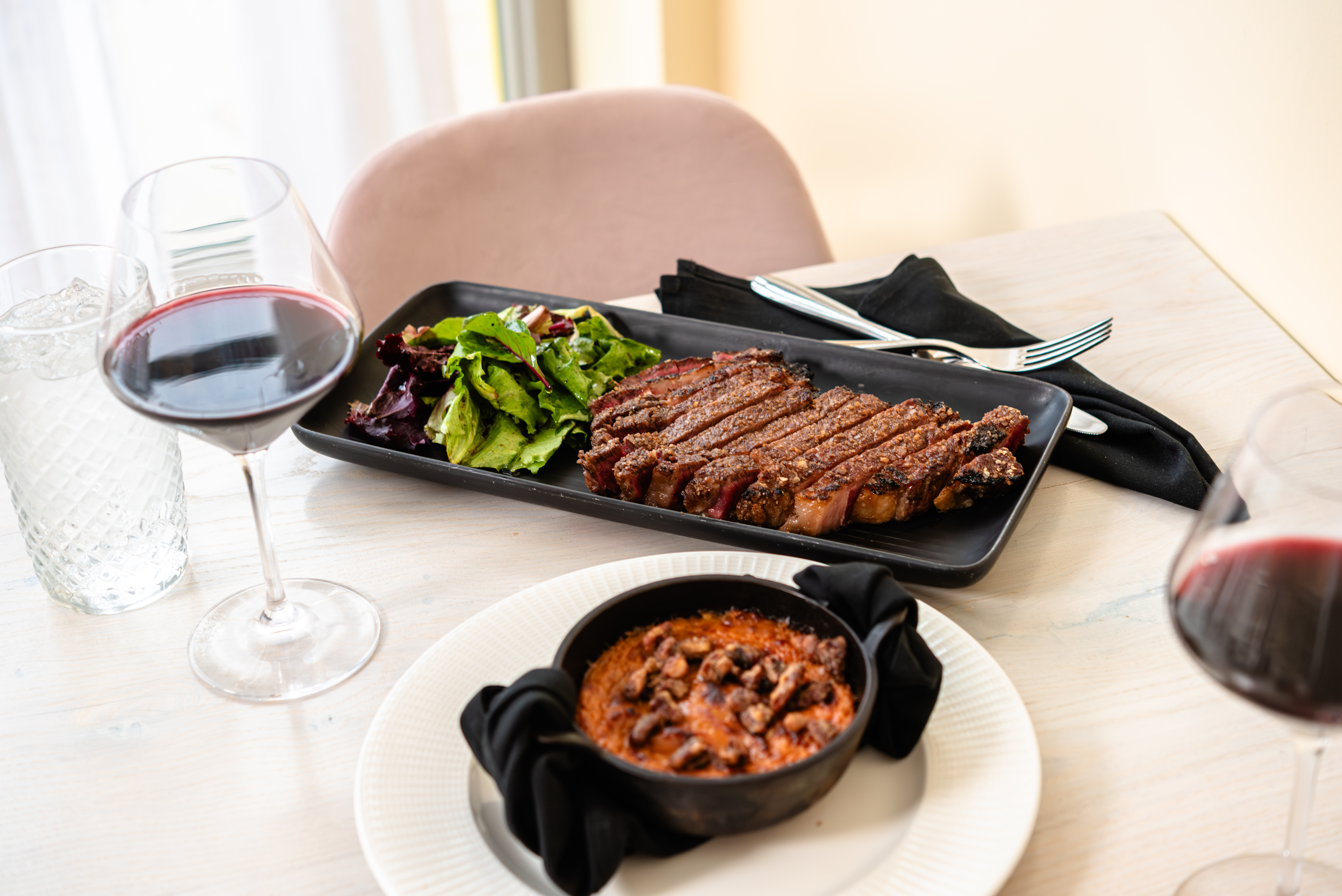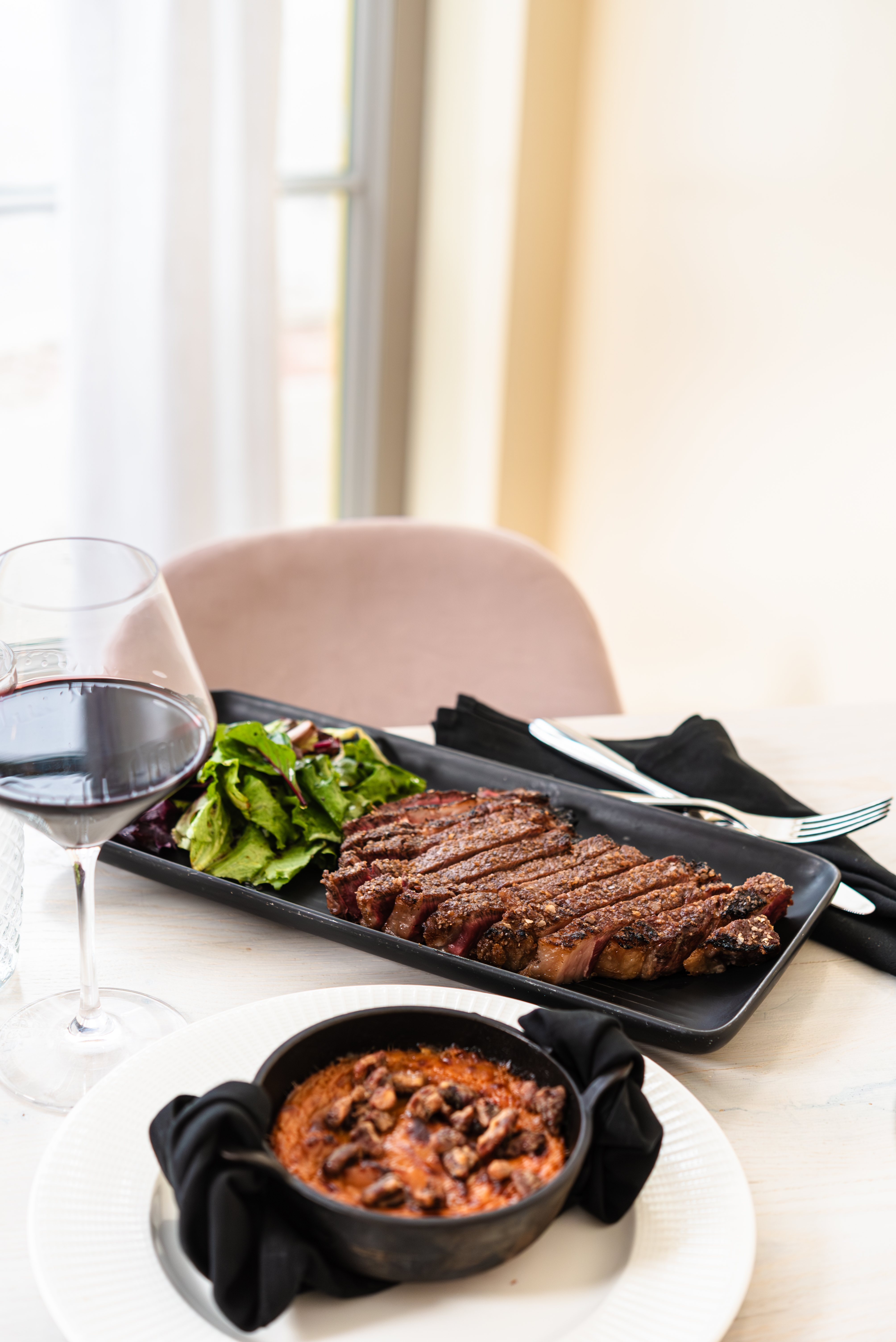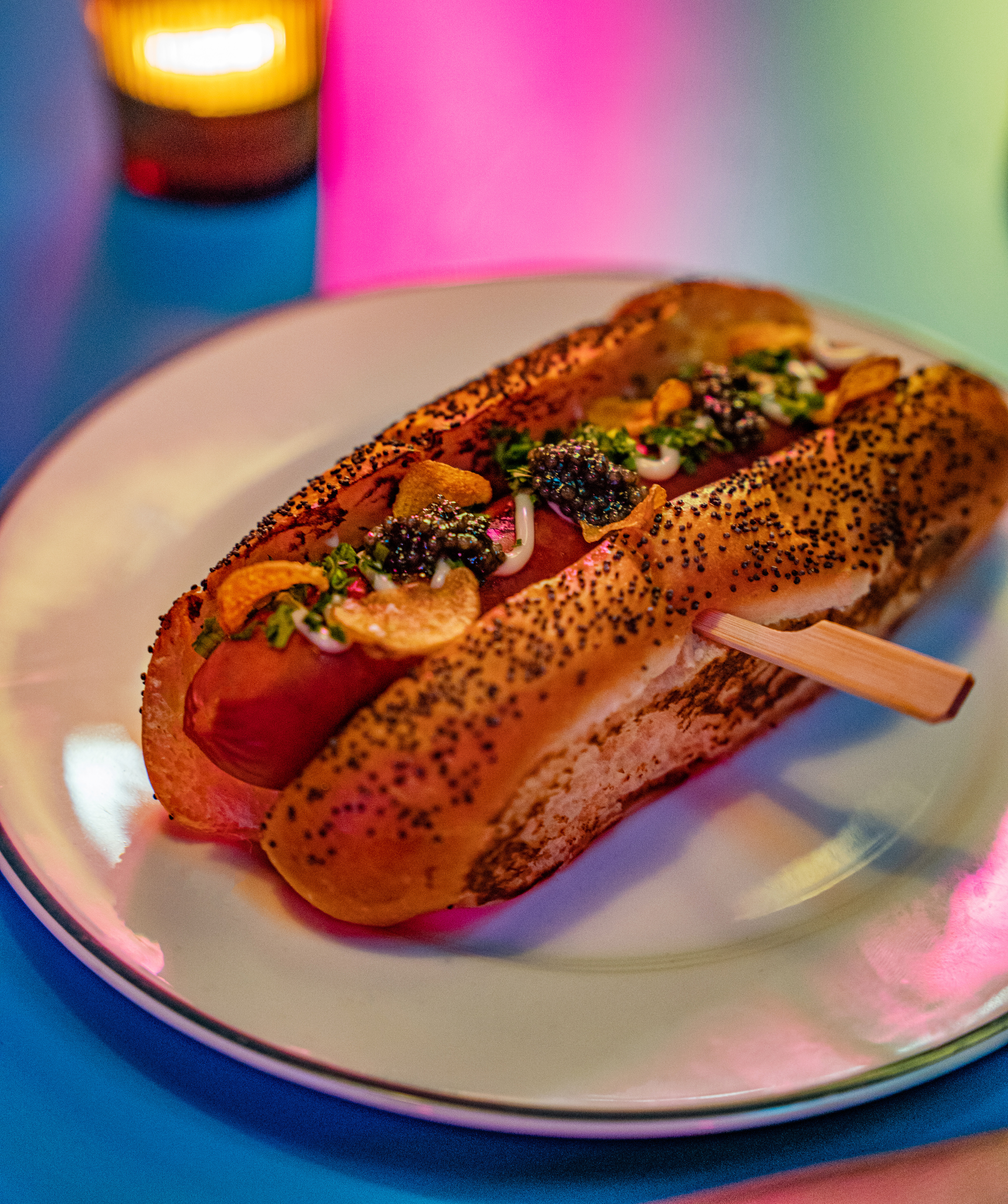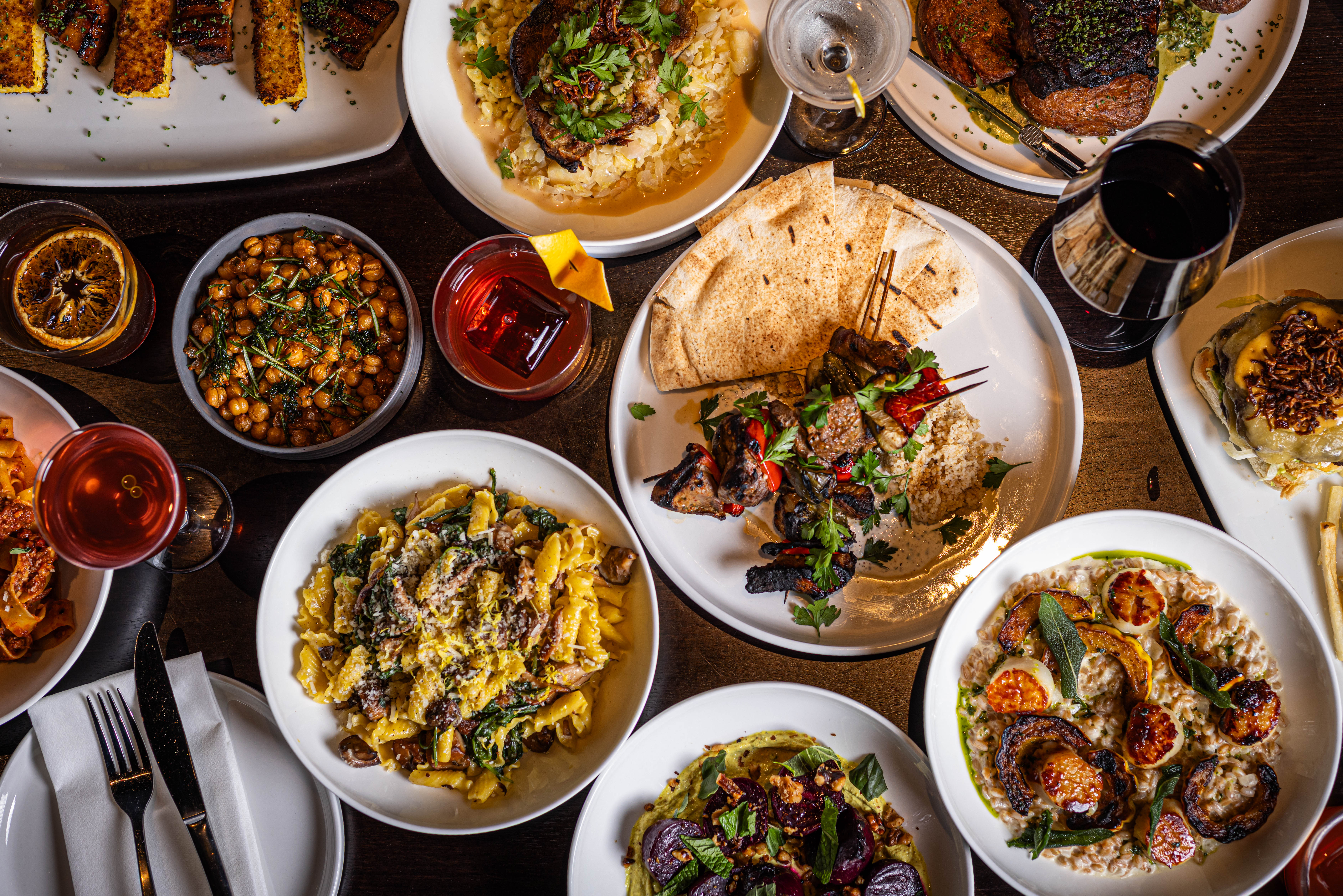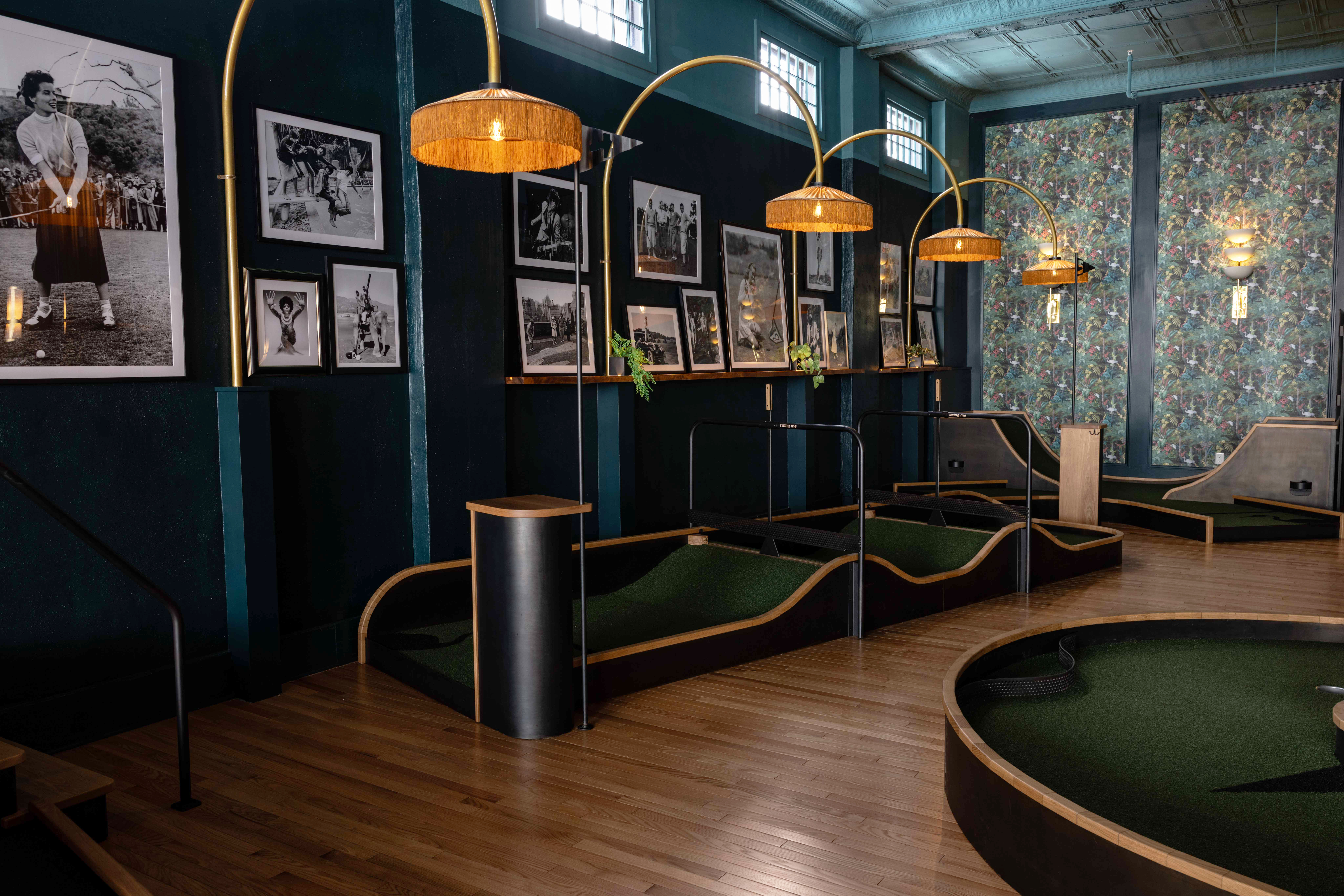When it comes to wine, Americans like to call it as they see it. Which is why calling a wine by its varietal name — Chardonnay, Merlot or Cabernet Sauvignon — is so popular. In the U.S., wines that contain at least 75 percent of one grape may be labeled using the varietal name.
But what happens if a wine is actually a blend of many grapes? In Old World countries, a blended wine usually takes on the name of the region in which it is produced (i.e. French Bordeaux and Italian Chianti). Before 1989, American winemakers creating blends had two options: call their blends "table wines" or make up a proprietary name such as Opus One. Neither option defined the quality of the wine or the grapes used in the blend.
After some debate, a group of California winemakers chose the term Meritage, a combination of "merit" and "heritage," for high-quality American blends using the same grape varieties as Bordeaux wines: most commonly Cabernet Sauvignon, Merlot, Cabernet Franc, Malbec and Petit Verdot for reds and Sauvignon Blanc and Semillon for whites.
Meritage wines are concentrated, age-worthy and typically made from the winery's best vineyards. Grape selection and long aging (some age four years before they're released from the winery) show in the flavor and in the price. Although well worth the investment, Meritage wines are not inexpensive. Your best bet is to buy your Meritage wines in threes: Drink one now, open one in 2005 and save the third for a dinner party in 2015. By the way, I think I'm free that night!
Marianne Frantz, founder of the Cleveland Wine School, is joined by sommelier Manuel Nieves from Classics in selecting wines for this month's Cellar Notes.
2001 Quintessa, Rutherford, Napa Valley ($105): This has deep ruby color, deep berry aromas with herbal, chocolate confectionery notes. Crisp acidity and firm ripe tannins give a long velvety finish. The 2001 release is September 2004.
2000 Rubicon, Niebaum-Coppola Estate, Rutherford, Napa Valley ($112): Intense chocolate-raspberry, baking spices and earthy anise. Crisp acidity, soft fruit tannins give way to firm wood tannins. Lots of chewy Cabernet. The 2001 release is March 2005.
2000 Magnificat, Franciscan Oakville Estate, Napa Valley ($55): Black cherry, cocoa and toasty oak with a hint of sweet cherry tobacco. A long finish with soft, smooth tannins. This is a blend of five grapes with Merlot as the main variety.
2000 Triology, Flora Springs, Napa Valley ($60): Soft red fruit, cherries, cassis, tobacco and cedar with powdery tannins and a long finish. This is a blend of four grapes with Cabernet Sauvignon and Merlot at the top.
Estancia Meritage, Alexander Valley, Sonoma ($35): Here, there are two grapes in the blend: Cabernet and Merlot. Spice, pepper and toasty oak and dark chocolate cherries. Drink this wine now and again in five years. It's great for fall dinner parties.
2001 Lyeth Meritage, Sonoma County ($15): Up-front fruit, plums, dried berries and a bit of spicy vanilla and cedar. Have fun and drink it now.
Trending
-
1
-
2
-
3
-
4
-
5





